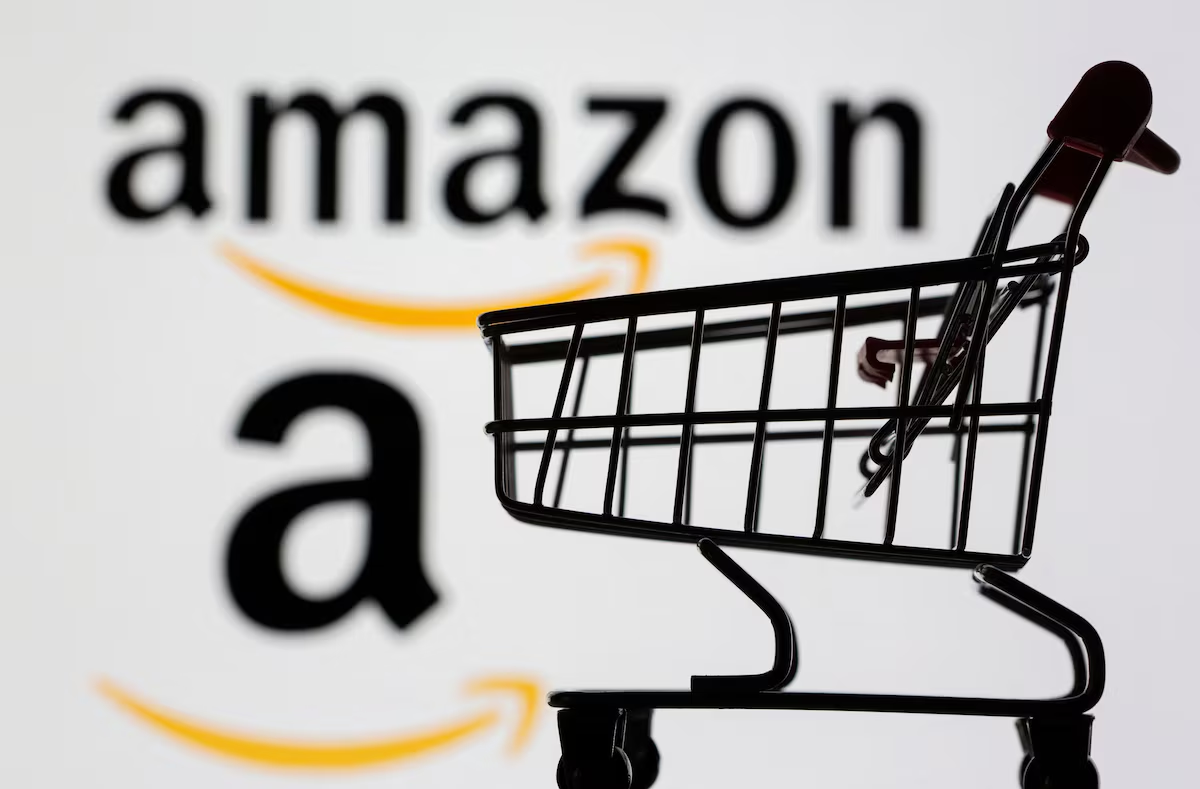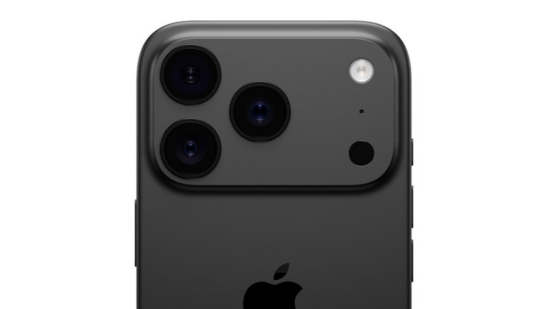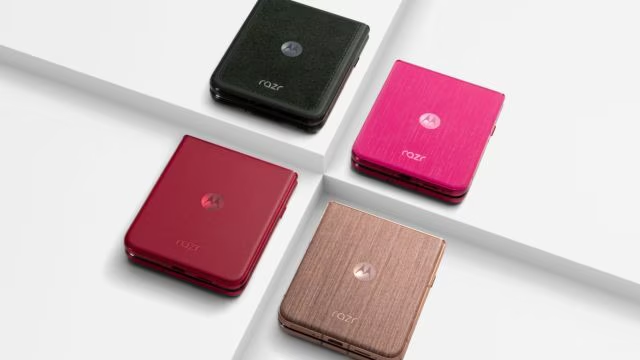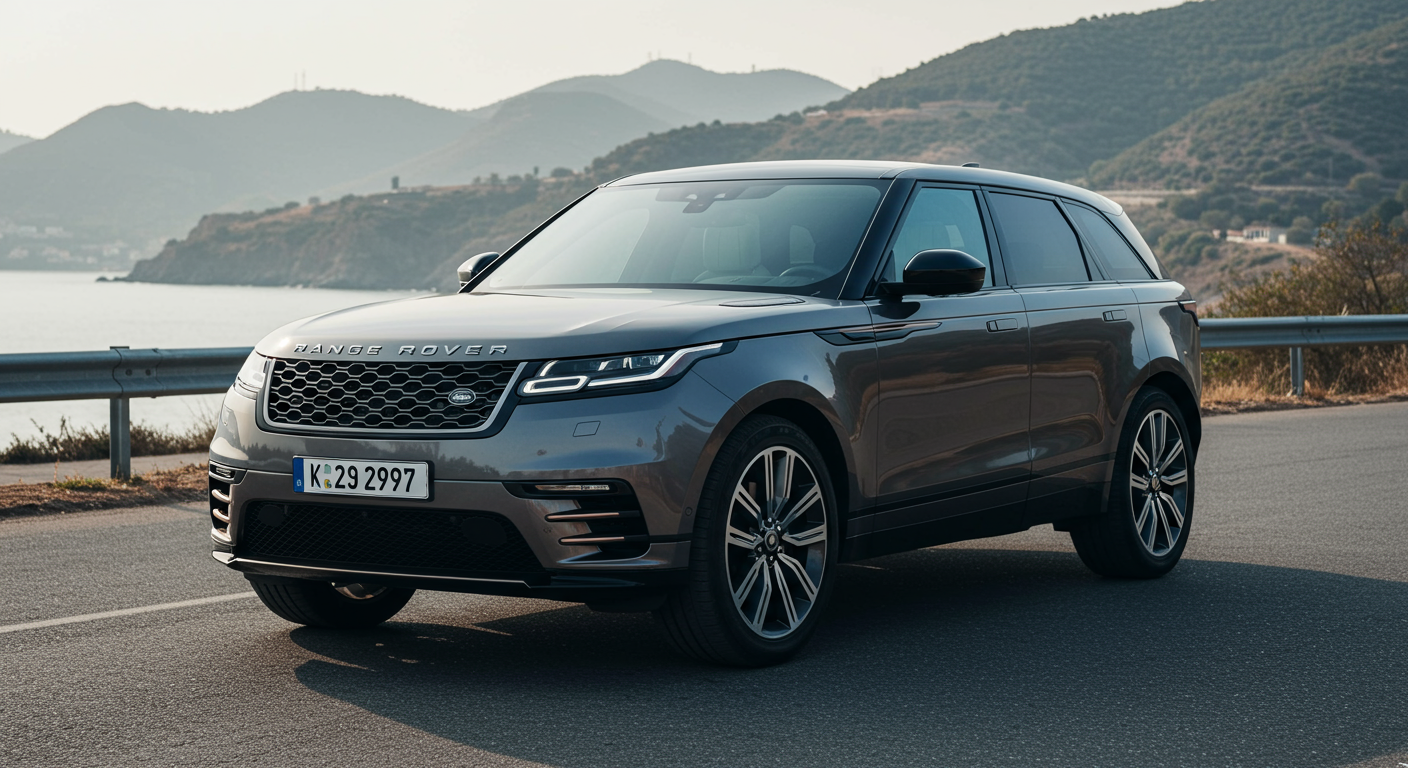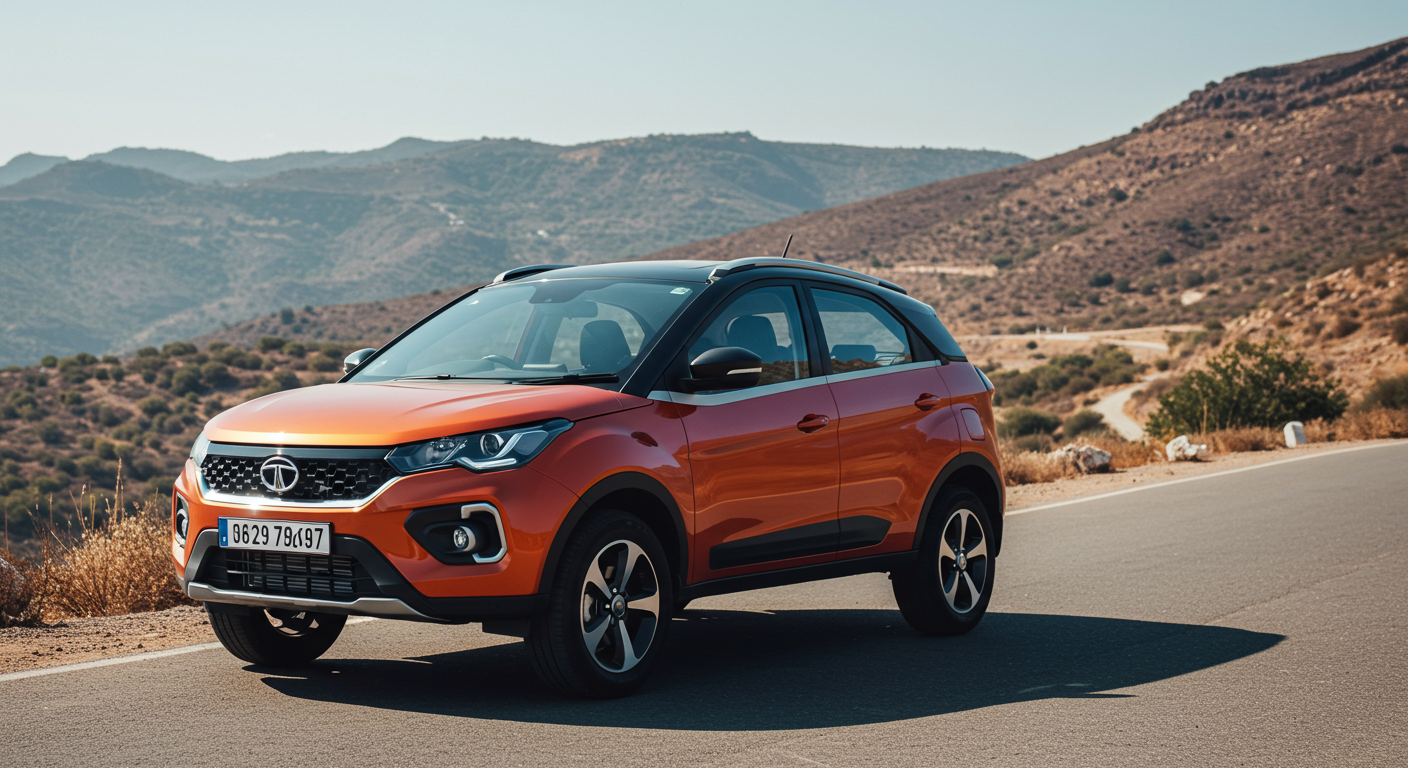Google’s Foldable Revolution: How the Pixel 9 Pro Fold Achieved a Stunning 265% Market Share Explosion
- Abhishek
The foldable phone market has been a tough nut to crack. For years, these futuristic devices have promised to revolutionize how we use smartphones, yet they’ve remained stubbornly niche, accessible mainly to early adopters and tech enthusiasts willing to pay premium prices for cutting-edge technology. But something remarkable is happening in Europe right now, and Google is at the center of this transformation.
According to the latest report from Counterpoint Research, Google’s foldable market share has absolutely skyrocketed in Europe, posting an incredible 265% year-over-year growth. This isn’t just a small bump in the numbers – it’s a seismic shift that’s reshaping the entire foldable landscape and proving that Google’s patience and persistence with foldable technology is finally paying off in a big way.
The Numbers Don’t Lie: Google’s Meteoric Rise
Google’s market share in the European foldable market grew an astounding 265%, rising from just 2% last year to an impressive 8% this year, primarily thanks to the Pixel 9 Pro Fold and the original Pixel Fold. To put this in perspective, while the overall foldable market in Europe only grew by 4% year-over-year in Q1 2025, Google managed to quadruple its presence in the space.
This growth is particularly remarkable when you consider that foldable phones have been around for more than half a decade and are still quite niche, much of this due to the small number of players in the field and the fact that not all foldables are available in every country. Google has managed to break through this niche barrier and establish itself as a serious contender in what has traditionally been Samsung’s domain.
The success story becomes even more impressive when you realize that Google isn’t the only brand experiencing explosive growth. Chinese phone maker Tecno also saw an increase from 2% to 8% market share with an even higher 336% year-over-year growth. However, there’s an important distinction here: while Tecno offers both flip-style and book-style foldables at more affordable prices, Google has achieved this growth focusing exclusively on premium book-style foldables.
What Makes the Pixel 9 Pro Fold Special?
Google’s success isn’t accidental – it’s the result of learning from past mistakes and delivering a significantly improved product. The Google Pixel 9 Pro Fold doesn’t just have a new name. It features a much-improved Tensor G4 compared to the Tensor G2 in its predecessor, delivering better performance and battery life.
But the improvements go far beyond just the processor. Google also added hardware refinements, including a standard phone-like 6.3-inch cover display, a thinner body, a larger 8-inch inner display, and a less noticeable crease. These changes address many of the pain points that users experienced with the original Pixel Fold, making the device feel more refined and user-friendly.
The cover display improvement is particularly significant. Many users found the original Pixel Fold’s narrow cover screen awkward to use for everyday tasks. By moving to a more standard phone-like aspect ratio, Google has made the device much more practical for one-handed use, essentially giving users the best of both worlds – a normal phone experience when folded and a tablet experience when opened.
The larger 8-inch inner display also makes a substantial difference in usability. This extra screen real estate makes multitasking more comfortable, whether you’re running two apps side by side, watching videos, or reading documents. Combined with the less noticeable crease, the overall experience feels more premium and polished.
The Broader Market Landscape: Winners and Losers
While Google and Tecno are celebrating impressive growth, the foldable market story isn’t universally positive. Brands like Samsung, Oppo, and Honor saw declines in growth, with Samsung seeing a big hit. Samsung’s share fell sharply from 56% to 41%, and Oppo’s dropped from 12% to 4%, likely because the company didn’t release its new foldable, the Oppo Find N5, in Europe.
Samsung’s decline is particularly noteworthy because the company has been the undisputed leader in foldables since the category’s inception. The fact that their market share dropped 15 percentage points while Google’s rose by 6 percentage points suggests that consumers are becoming more discerning about foldable options and are willing to consider alternatives to Samsung’s offerings.
Oppo’s dramatic drop from 12% to 4% market share highlights how important consistent product availability is in this emerging market. The company didn’t release its new foldable, the Oppo Find N5, in Europe, which likely contributed to their significant market share loss. This shows that in the rapidly evolving foldable space, maintaining momentum requires consistent product releases and market presence.
The Challenges That Still Remain
Despite Google’s impressive growth, the foldable market as a whole still faces significant headwinds. Overall, it seems foldable phones still haven’t attracted as many customers as OEMs initially hoped. The report notes that high prices compared to standard slab phones, along with concerns about durability and longevity, remain major issues for potential buyers.
These concerns are legitimate and continue to limit widespread adoption. Foldable phones typically cost $1,500 to $2,000 or more, putting them well beyond the reach of many consumers who can get excellent traditional smartphones for half the price. The durability question also persists, with many potential buyers worried about the long-term reliability of the folding mechanism and the flexible display.
Google’s success in growing market share within these constraints makes their achievement even more impressive. They’ve managed to convince consumers to choose their foldable option despite the category’s inherent challenges, suggesting that their improvements to design, performance, and user experience are resonating with buyers.
What This Means for the Future
Google’s 265% growth in the European foldable market represents more than just a successful product launch – it signals a potential shift in the foldable landscape. For years, Samsung has dominated this space with relatively little serious competition. Google’s emergence as a legitimate alternative gives consumers more choice and puts pressure on all manufacturers to continue innovating.
The success also validates Google’s long-term approach to hardware development. Rather than rushing to market with a half-baked product, Google took time to observe the market, learn from competitors’ mistakes, and deliver a more refined second-generation device. This patience appears to be paying dividends.
Looking ahead, Google’s growing presence in foldables could influence the broader Android ecosystem. As more developers and users experience Google’s take on foldable software optimization, it could drive improvements in how Android handles these unique form factors across all devices.
The Road Ahead
While Google’s growth is impressive, the company still has work to do to become a major player in the foldable space. An 8% market share, while a huge improvement, still pales in comparison to Samsung’s 41%. However, the trajectory is clearly positive, and if Google can maintain this momentum while addressing price and durability concerns, they could become an even more significant force in the foldable market.
The success of the Pixel 9 Pro Fold also bodes well for Google’s upcoming foldable efforts. With a proven formula for success and growing consumer acceptance, Google is well-positioned to continue gaining ground in this emerging category.
Google made a big leap last year with the Pixel 9 Pro Fold, delivering a more refined design, improved displays, and better performance compared to the original Pixel Fold. Now, it seems Google’s hard work is finally paying off. For a company that has sometimes struggled to gain traction in the competitive smartphone market, this foldable success story represents a significant validation of their hardware capabilities and design philosophy.
The foldable phone revolution may have been slower to arrive than many predicted, but Google’s impressive market share growth suggests that the category is finally finding its footing. As prices come down and technology improves, we may be witnessing the early stages of a genuine shift in how we think about smartphone design and functionality.

